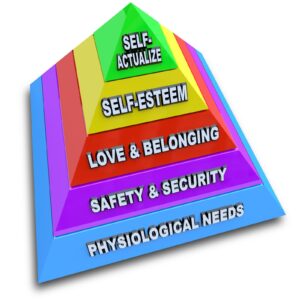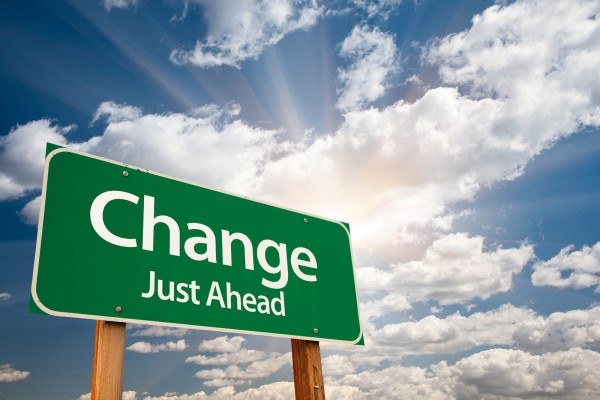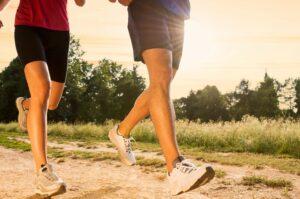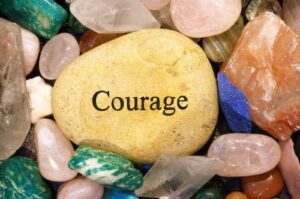Flexibility During Life Changes
An ancient Greek philosopher named Heraclitus once said, “The only thing that is constant is change.”
Transitions are a normal part of life, although they leave us feeling overwhelmed at times. One way to breathe through transitions is to develop resources that help us cope in the midst of change. Five main classes of resources have been shown to boost resilience: functional, physical, psychological, interpersonal, and spiritual. (Rothschild, 2000) We enhance our ability to adapt to change as we develop these areas.
Develop Resilience
-

Maslows Hierarchy Functional resources comprise of basic safety and security. According to the second tier of Maslow’s “Hierarchy of Needs,” we all need personal security, financial security, health, and a safety plan for accidents, illness, and their harmful impact.
- Physical resources. According to the Mayo Clinic, regular exercise has a positive impact on many areas including improved sleep, mood, stamina, energy, sex, and our ability to combat illness and disease.
- “Psychological resources include (but are not limited to) intelligence, sense of humor, curiosity, and creativity (including artistic and musical talents).” (Rothschild, 2000)
- Interpersonal resources consist of one’s various social networks. This includes time spent with family, friends, teachers, volunteer organizations, office peers, and special interest groups. A much-loved pet also creates a beautiful resource of connection and support.
- Spiritual Resources encompass a faith in something bigger than oneself. These include spiritual practices, a spiritual community, communing with nature, and adherence to a set of spiritual values or intentions.
As we take a look at life, which resources are abundant? Which resources could use some work? Can we give ourselves permission to set aside a little time each day to develop our resources?
The resource possibilities listed above may seem overwhelming if we try to cultivate them all at once. If this is the case, choose one area to nurture and break down the process into baby steps. If exercise could use improvement, here are some possible smaller goals:
- Put walking shoes by the door as a reminder.
- While watching television, walk in place during commercials and add five minutes of walking time every week. After a few short weeks, walking time will be up to 30 minutes.
- Try a health club. Most gyms have multiple class offerings at various skill levels. A gym membership is also a great way to meet people and increase interpersonal resources.
- Remember to reward oneself for every little goal achieved.
Now, take a deep breath as life begins to shift. Feel supported and resilient with an enhanced group of resources to pull from in the midst of change.
Rothschild, B. (2000). The Body Remembers: The Psychophysiology of Trauma and Trauma Treatment.
Mayo Clinic. Exercise: 7 benefits of regular physical activity.










